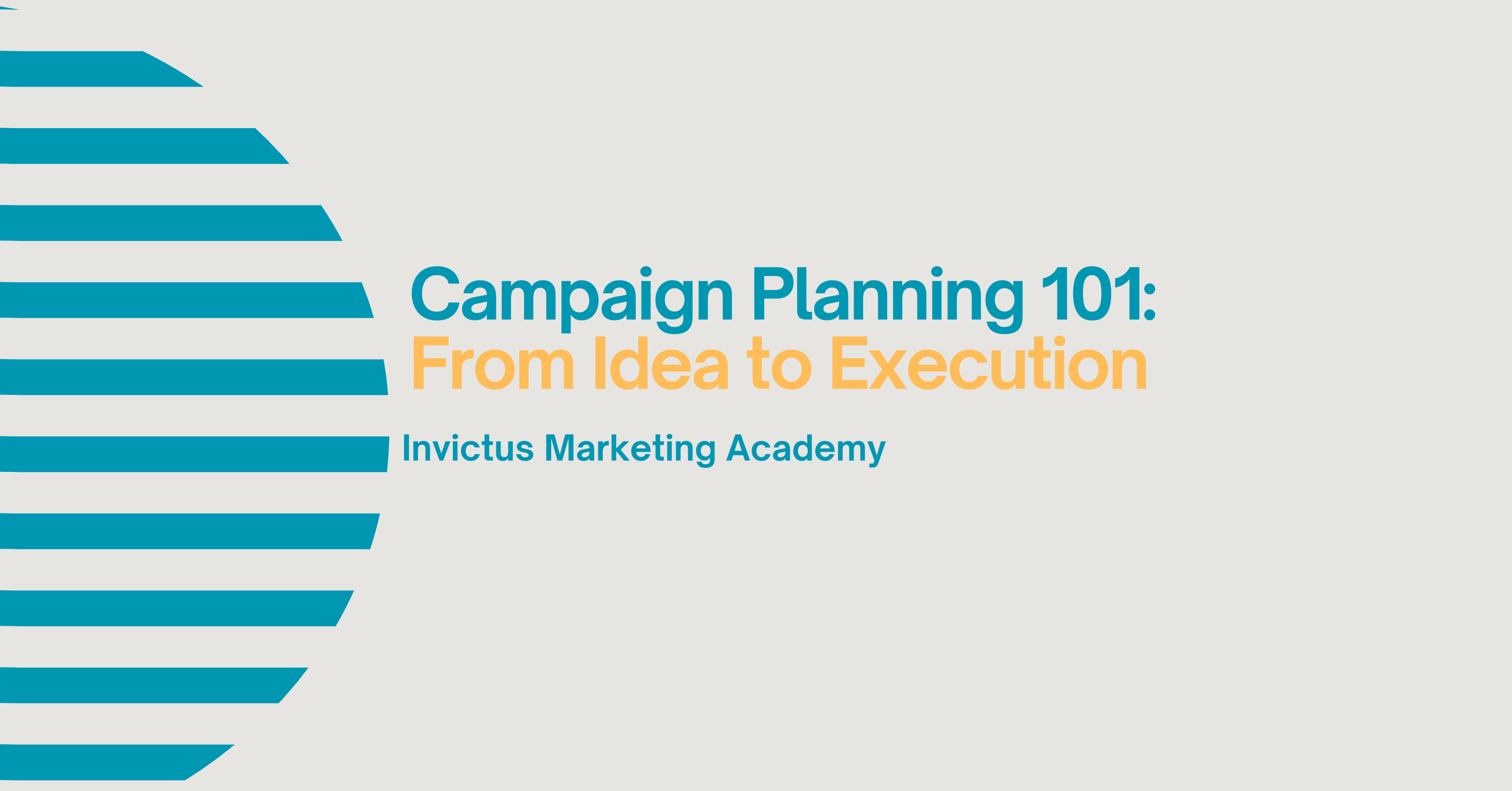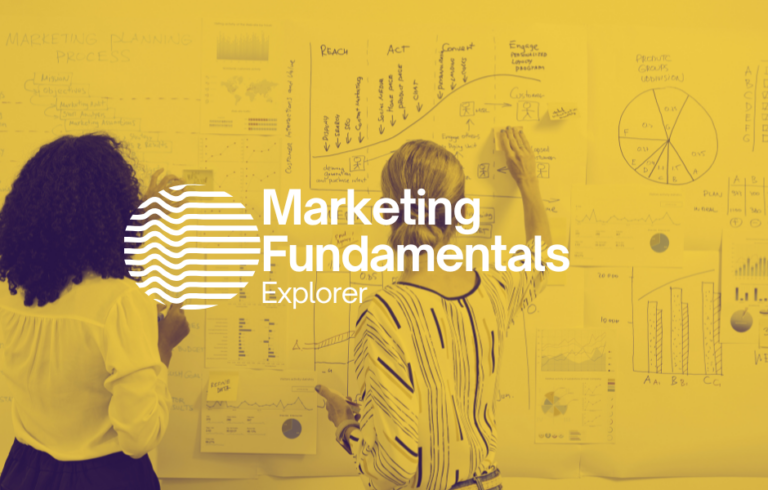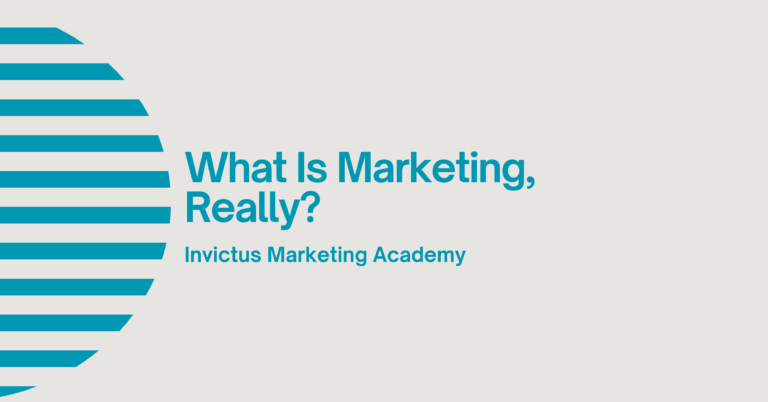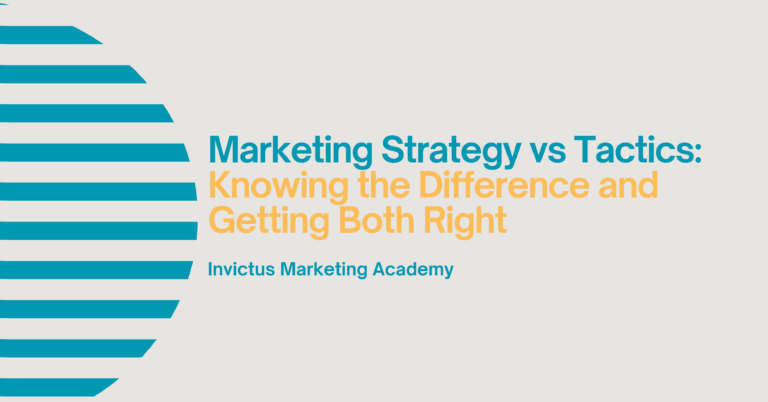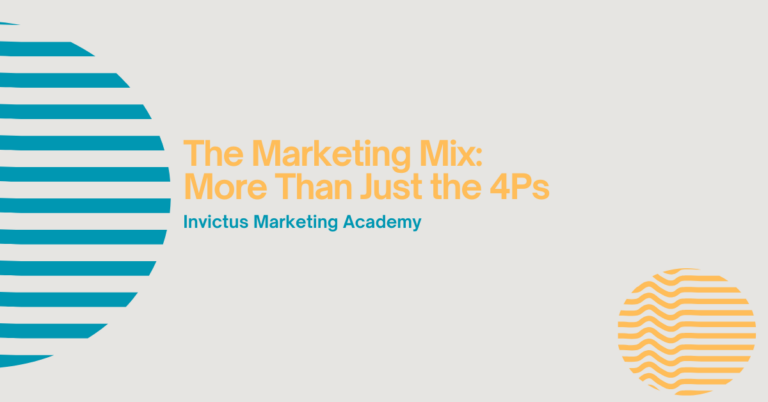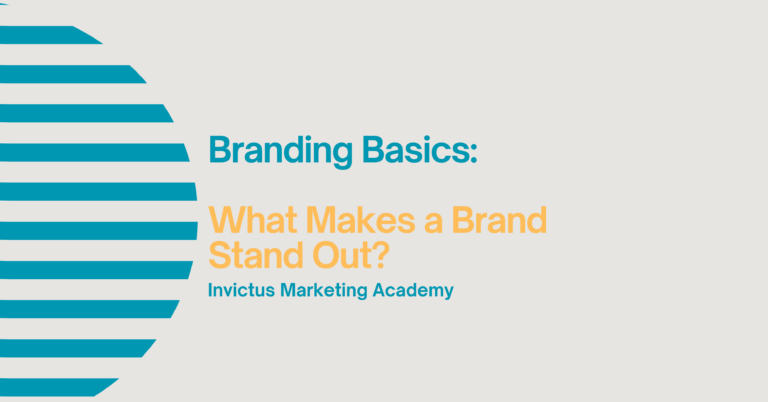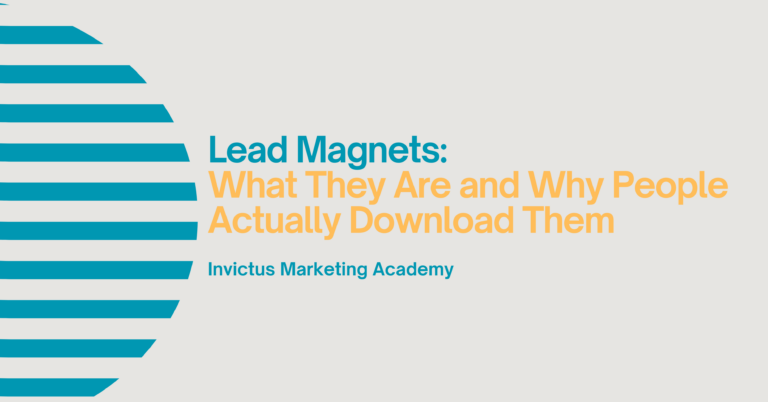Campaign Planning 101: From Idea to Execution
Behind every successful marketing campaign is a clear, well-structured plan. Whether you’re launching a new product, promoting an event, or running a seasonal offer, campaign planning turns good ideas into real, measurable results.
Without a plan, even the most creative campaigns risk falling flat — wasting time, money, and opportunity. But when you take a structured approach, you give your message direction, build momentum, and maximise your chances of making an impact.
In this article, we’ll walk through the fundamentals of marketing campaign planning — from setting objectives to evaluating performance — with practical steps you can apply to campaigns of any size or format.
What Is a Marketing Campaign?
A marketing campaign is a focused, time-sensitive set of marketing activities designed to achieve a specific goal. It usually has a clear beginning and end, a defined audience, a unified message, and measurable outcomes.
Campaigns are different from ongoing, ‘always-on’ marketing such as regular blog posts or social updates. They’re built to deliver a particular outcome — whether that’s increasing awareness, driving sales, or growing your audience. Because they often run across multiple platforms, they require coordination, consistency, and a clear central message that ties everything together.
They can be short and sharp, like a week-long flash sale, or stretch over several months for a product launch or social movement. The key is that a campaign feels like one cohesive story, told in parts, across channels, and anchored in purpose.
The Benefits of Campaign Planning
Good campaign planning gives your team structure, direction, and focus. It ensures that every piece of content, every email, and every advert contributes to the same goal — rather than feeling random or reactive.
Benefits include:
- Clarity of purpose – Everyone involved understands what the campaign is aiming to achieve and why that goal matters to the business.
- Consistency across channels – Messaging, tone, and visuals remain aligned, whether someone sees your content on email, social media, or your website.
- Better use of resources – Time, money, and effort are directed toward activities with a clear role in the campaign — reducing duplication or last-minute scrambling.
- Improved performance tracking – With a clear plan in place, it’s easier to measure success and spot which elements delivered the most value.
- Greater creativity within structure – Far from limiting your creativity, a good campaign plan gives your team the freedom to innovate with confidence and clarity.
Planning doesn’t have to be complex — but it does need to be intentional.
Step-by-Step Guide to Campaign Planning
1. Set Clear Objectives
A campaign without a goal is just noise. Your objectives give your campaign focus, helping you decide what success looks like and how to measure it.
Start by identifying one or two clear priorities. Are you trying to generate leads? Drive conversions? Build awareness? Support customer retention? Be as specific as possible, and always tie your marketing goal back to a wider business objective.
For example, “increase newsletter subscribers by 25% in six weeks” is better than “grow the mailing list.” SMART goals — Specific, Measurable, Achievable, Relevant, and Time-bound — help your team stay accountable and aligned.
2. Define Your Target Audience
Your campaign needs to speak directly to the people most likely to act. To do that, you need to understand who they are, what motivates them, and how they behave.
Create a profile (or segment) of your ideal campaign audience. Consider:
- Who they are – Their age, location, occupation, and lifestyle.
- What they care about – Their goals, challenges, and values.
- Where they spend time – The platforms they use, the content they consume.
- How they make decisions – Are they driven by logic, emotion, price, or speed?
This insight helps you create messaging that resonates — and avoid spending money targeting the wrong people.
3. Develop the Campaign Message and Creative Concept
Your campaign message is the thread that ties everything together. It should be simple, relevant, and emotionally engaging. It’s not just what you say — it’s how you say it.
Ask yourself:
- What’s the big idea? – This could be a promise, a benefit, or a question that captures your audience’s attention.
- What tone will connect best? – Consider whether your tone should be inspirational, energetic, warm, urgent, or reassuring.
- What feeling are you creating? – Great campaigns don’t just inform — they create a sense of identity, belonging, or transformation.
Then, bring your message to life visually — through imagery, colours, layout, and design. Keep your brand identity consistent, but feel free to push creative boundaries where appropriate. The goal is to create a distinct ‘feel’ for the campaign that makes it memorable.
4. Choose Your Channels and Tactics
Now it’s time to decide where and how your campaign will run. This is where your audience insight becomes vital — not every platform is right for every message or demographic.
Choose your channels based on:
- Where your audience is active – There’s no point running TikTok ads if your audience is 50+ and prefers LinkedIn.
- What the campaign requires – Do you need visuals, storytelling, direct interaction, or long-form content?
- Your resources and capabilities – Focus on channels you can execute well with the time and budget you have.
Tactics might include:
- Social media ads – Great for reaching new audiences and driving traffic.
- Email marketing – Perfect for nurturing leads or speaking to existing customers.
- Search engine marketing (Google Ads) – Helps you capture people with immediate intent.
- Webinars or live events – Provide value and build trust through real-time interaction.
- Landing pages – A central hub to drive conversions or collect leads.
Choose tactics that reinforce each other — not just separate activities, but part of a connected customer journey.
5. Build a Timeline and Delivery Plan
A strong campaign isn’t just about what you’ll do — it’s also about when. A timeline keeps your campaign moving forward, avoids bottlenecks, and ensures everything runs smoothly.
Your timeline should include:
- Key phases – Pre-launch, launch, peak, wind-down.
- Content production – Deadlines for writing, design, and sign-off.
- Publishing schedule – When each element will go live, and where.
- Team responsibilities – Who owns each task and who signs off.
It’s also helpful to create a visual campaign calendar — so everyone involved can see the rollout at a glance.
6. Set Your Budget and Allocate Resources
Every campaign comes with a cost — not just financially, but in time and effort. Budgeting helps you stay realistic and make smart decisions about where to invest.
Consider:
- Media spend – Ads, sponsorships, influencer fees.
- Creative production – Photography, design, video editing.
- Platforms and tools – Email software, landing page builders, automation tools.
- Team capacity – Time spent by internal staff, freelancers, or agencies.
Decide what’s essential and what’s optional. Allocate more budget to the tactics likely to have the biggest impact — whether that’s high-performing ad platforms or a landing page that converts.
7. Launch, Monitor and Optimise
Once your campaign is live, the work isn’t over. It’s time to watch the data, tweak performance, and respond to what’s happening in real time.
Keep an eye on:
- Engagement metrics – Clicks, comments, shares, time on page.
- Conversion data – Leads, sign-ups, purchases.
- Cost-effectiveness – What’s your cost per result?
- Channel performance – Which platform is delivering the best return?
If something isn’t working — change it. Adjust headlines, tweak targeting, pause underperforming ads, or boost the content that’s gaining traction. Agile optimisation can make the difference between a good campaign and a great one.
8. Review and Evaluate
Once the campaign has ended, take time to reflect. What did you learn? What should you carry forward into the next campaign?
Use this review process to:
- Compare results to your objectives – Did you meet, exceed, or fall short of your goals?
- Analyse each channel’s performance – Which platforms delivered the most value?
- Gather customer feedback – What did people respond to? What could be improved?
- Capture lessons learned – Store insights in a post-campaign report.
A review isn’t just for closure — it’s a springboard for improvement. The best marketers learn from every campaign, turning data into smarter strategy.
A Practical Example: Promoting a Winter Workshop Series
Let’s say you run a coaching business and want to fill three creative winter workshops across the North East.
Here’s how your campaign might look:
- Objective: Sell 75 tickets in 6 weeks while growing your email list by 150 new leads.
- Audience: Creatives aged 25–45 who value self-development, community, and meaningful connection.
- Message: “Start your new year with focus, creative clarity, and renewed energy.”
- Concept: Cosy visuals, hand-drawn illustrations, calming colours — reflecting warmth and thoughtfulness.
- Channels:
- Instagram carousel posts and stories to showcase past workshops
- Targeted Facebook Ads for local event promotion
- Email drip campaign to new subscribers
- Partnerships with local creative hubs and coworking spaces
- Timeline:
- Week 1–2: Teasers and early-bird offers
- Week 3–4: Mid-campaign testimonials and booking prompts
- Week 5–6: Countdown reminders and final push
- Budget: £600 across ads, design, and email platform
You’d monitor ad performance, email clicks, and landing page conversions during the campaign — and afterwards, review what worked best to shape your spring offering.
In Summary
A campaign is your chance to make a focused impact. Whether it lasts one week or three months, success depends on more than just creativity — it depends on structure, planning, and adaptability.
The most effective campaigns:
- Start with a goal
- Speak to a clearly defined audience
- Deliver a consistent and engaging message
- Use the right channels and timing
- Measure, learn, and improve
With a clear campaign plan, you’re not just reacting — you’re leading. You’re creating content with purpose, reaching the right people at the right time, and turning ideas into measurable results.

